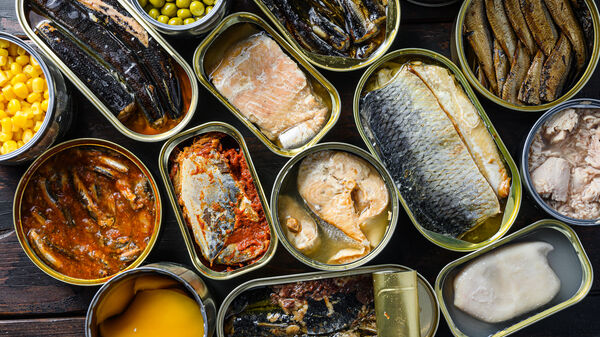Romania
About Romania
Romania is the 8th EU country in terms of area (238,298 km2 ), the 6th in terms of population (19.051 mil. inhabitants), and the 20th in terms of GDP per capita (77% from the EU average as Purchasing Power Standard). It has accessed the European Union on 1 January 2007, after one of the most severe Communist regimes in East Europe, that lasted for more than 40 years, ended in 1989 and was followed by a democratic transition. Romania’s capital is Bucharest, a city located in the South of the country, with a population of 1,72 mil. inhabitants. The language spoken is Romanian, a romance language that originated in late Latin, with the arrival of the Roman conquerors in the present area of the country, then inhabited by the Thracian tribe of Dacians (102-106 AD).
The formation of the present Romanian state begun in the 13th-14th centuries, with medieval formations that transformed into the Moldavia and Walachia historical principalities, while the North-West of the country, Transylvania, was included into various entities that eventually became the Austrian Empire. In 1859, Wallachia and Moldavia united into the Romanian Principalities, which became The Kingdom of Romania in 1866. Independence from the Ottoman Empire was gained in 1878, and in 1918-1919 Transylvania and other historical regions inhabited by Romanians joined The Kingdom of Romania. Monarchy was abolished in 1947 by the Communist clique installed in Bucharest by Soviets.
After the fall of Communism and the disintegration of centrally planned and unprofitable Communist industry, Romania has recovered to what is now a dynamic, competitive economy, with a growth rate of more than 4% in 2021 and 2022.
National Authority
National Sanitary Veterinary and Food Safety Authority of Romania (ANSVSA – Autoritatea Națională Sanitară Veterinară și pentru Siguranța Animalelor)
- Site.
- President: Alexandru Bociu, PhD
- Address: Piața Presei Libere 1, Corp D1, Bucharest, Romania, 013701.
- Map location.
- +40372 184 977
- office [at] ansvsa.ro
































